The universe is vast, chaotic, and full of surprises. Among the most terrifying possibilities is the passage of a rogue star through our solar system. These wandering stars, exiled from their home galaxies or clusters, drift silently through space. If one were ever to pass near Earth, the consequences could be catastrophic. But what exactly would happen if such a cosmic intruder entered our neighborhood?
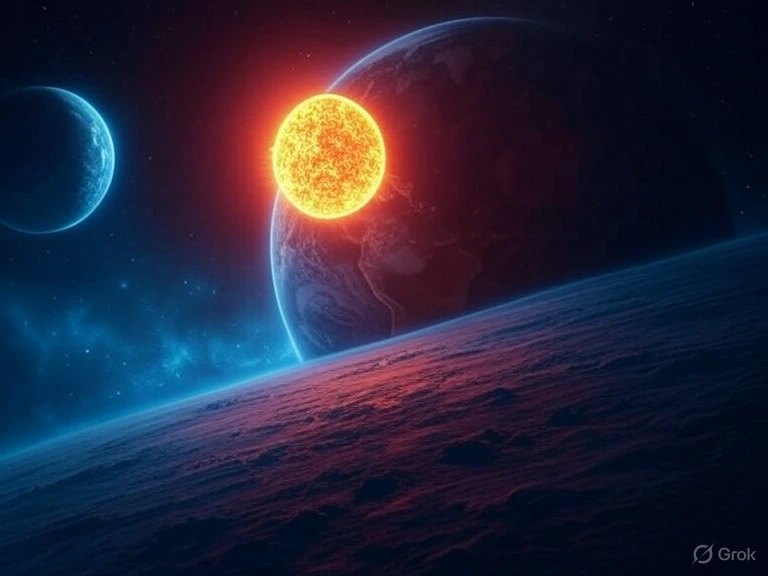
What Is a Rogue Star?
A rogue star is a star that has been expelled from its home system due to powerful gravitational interactions, supernova explosions, or galactic collisions. Unlike the Sun, which orbits peacefully within the Milky Way, rogue stars are cosmic wanderers with no permanent home.
Some travel at staggering speeds—hundreds of kilometers per second—carving unpredictable paths through interstellar space. Though the chances of one entering our solar system are extremely low, the consequences of such an encounter would be devastating.
The First Signs: Outer Solar System Disturbances
The first place we would see the impact is the Oort Cloud, a spherical shell of icy comets surrounding our solar system. A rogue star’s gravity could yank millions of these frozen bodies inward, flooding the inner solar system with comets.
Earth would suddenly face a cosmic shooting gallery, with impacts potentially wiping out entire civilizations.
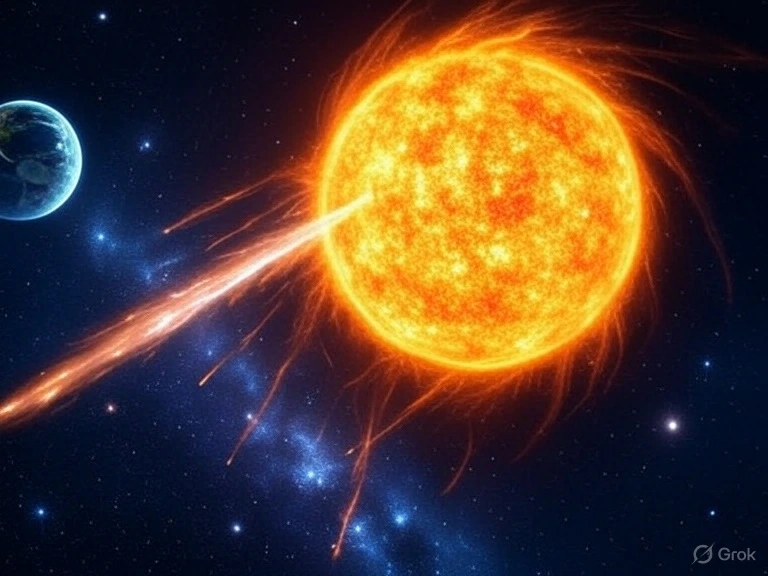
Planetary Orbits in Chaos
As the rogue star drifted closer, its gravitational pull would destabilize the giant planets: Jupiter, Saturn, Uranus, and Neptune. These planets act like guardians, shielding Earth from frequent impacts. A rogue star could throw them into new orbits—or even eject them into deep space.
- Mercury and Venus could spiral into the Sun.
- Earth might be nudged into an unstable orbit, bringing extreme climate changes.
- Mars could be flung into a wider orbit, turning it into a frozen wasteland.
This kind of orbital disruption would unravel the solar system’s delicate balance, creating conditions that life on Earth might not survive.
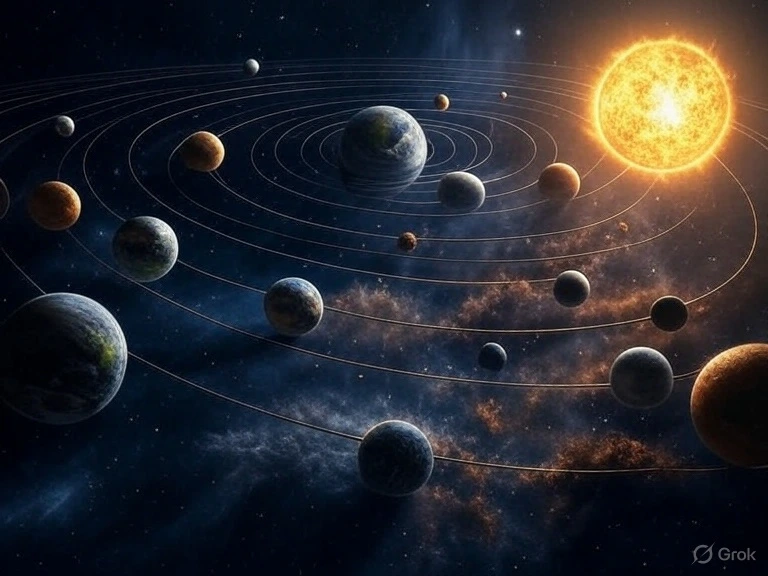
What Would Happen to Earth?
In the best-case scenario, Earth remains in orbit around the Sun but experiences slight shifts. That alone would cause:
- Ice ages lasting thousands of years.
- Superheated greenhouse conditions destroying crops.
- Shifts in sea levels and atmospheric collapse.
In the worst-case scenario, Earth could:
- Be ejected into interstellar space as a rogue planet, losing its life-supporting Sun.
- Get trapped by the rogue star, orbiting it instead of the Sun.
- Face total annihilation if the rogue star collided with or merged into the Sun.
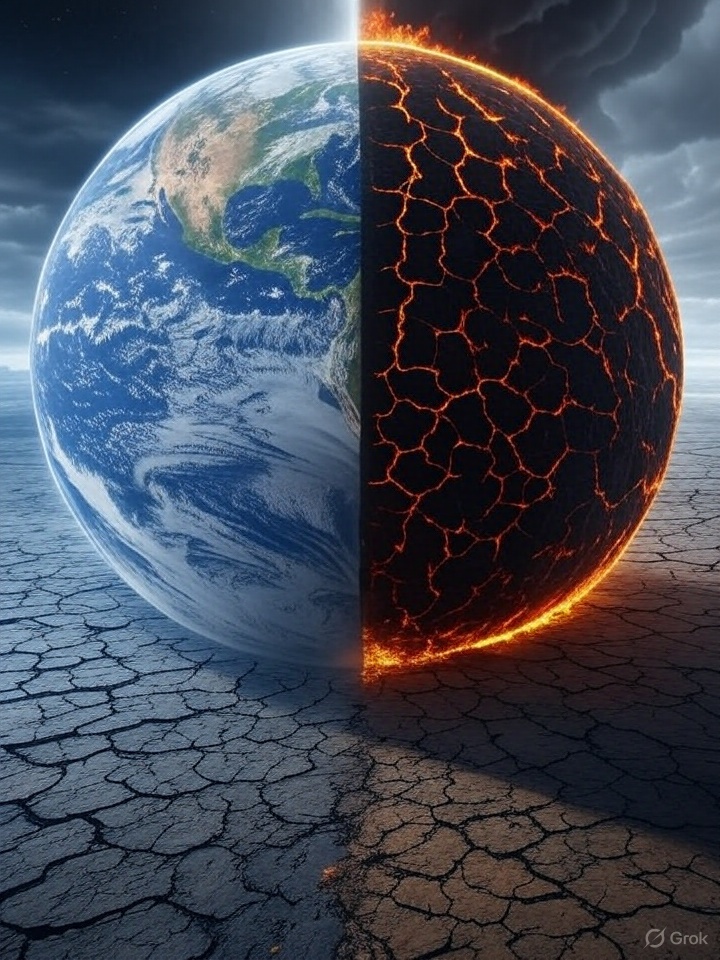
The Fate of the Sun
The Sun itself would not be immune. Depending on the rogue star’s mass:
- A smaller star could tug on the Sun’s outer layers, stripping gas away.
- A massive star could force the Sun into a binary orbit, dramatically altering its energy output.
- In the most extreme scenario, the rogue star might collide with the Sun, creating an enormous stellar explosion visible across the galaxy.
Such an event would permanently erase the solar system as we know it.
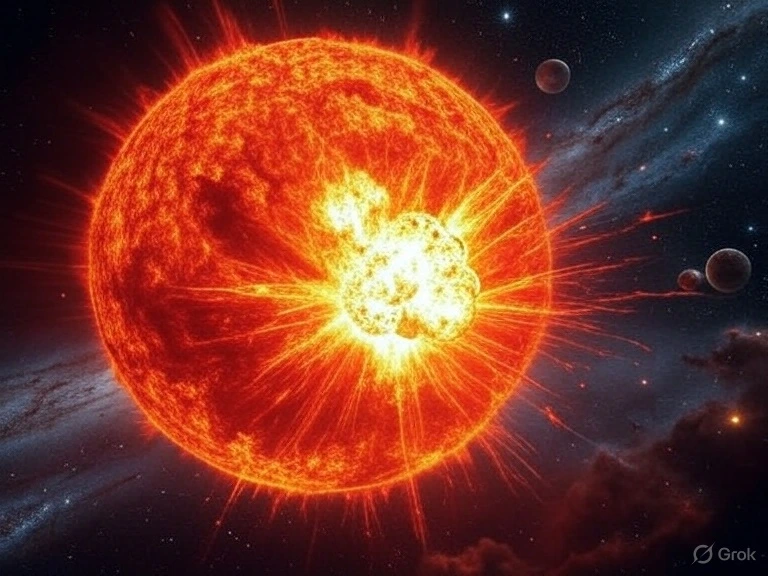
Could Humanity Survive?
If astronomers detected a rogue star centuries—or ideally millennia—in advance, humanity might attempt to prepare. Possible survival strategies could include:
- Interstellar Migration: Launching generation ships to escape the solar system.
- Planetary Engineering: Using giant thrusters to shift Earth’s orbit away from danger.
- Underground Cities: Surviving short-term disasters in climate-controlled habitats.
But all of these solutions remain theoretical. Our current technology is nowhere near capable of preventing or escaping such a cosmic disaster.
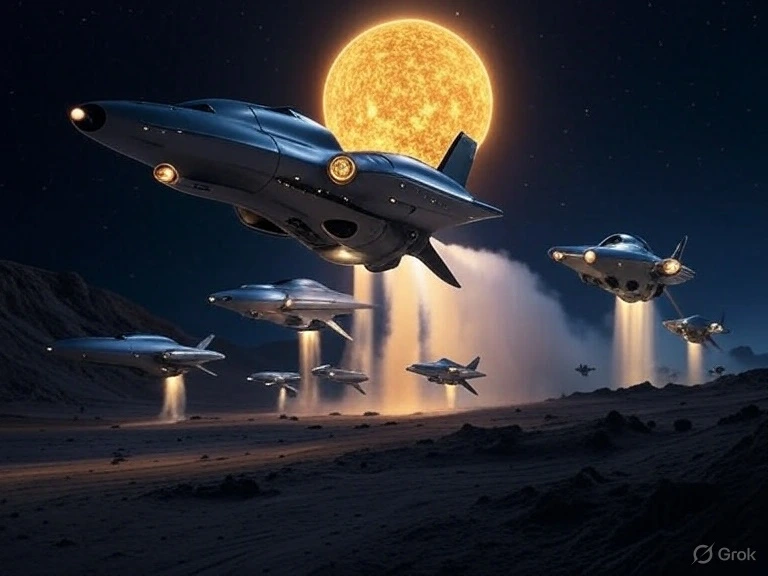
Why This Matters
Even though the odds of a rogue star passing through our solar system are tiny, the thought experiment underscores just how fragile life on Earth really is. Our planet’s stability depends on a delicate balance of gravitational forces. Disruptions at the cosmic scale remind us that survival depends not just on Earthly choices, but on forces far beyond our control.
Conclusion
A rogue star drifting into our solar system would unleash gravitational chaos, orbital upheaval, and possible extinction events. Earth might freeze, burn, or even be ejected into interstellar space. While survival remains unlikely, imagining such scenarios sharpens our understanding of astrophysics and pushes humanity to look outward—because in the end, the universe is full of unpredictable “what ifs.”

